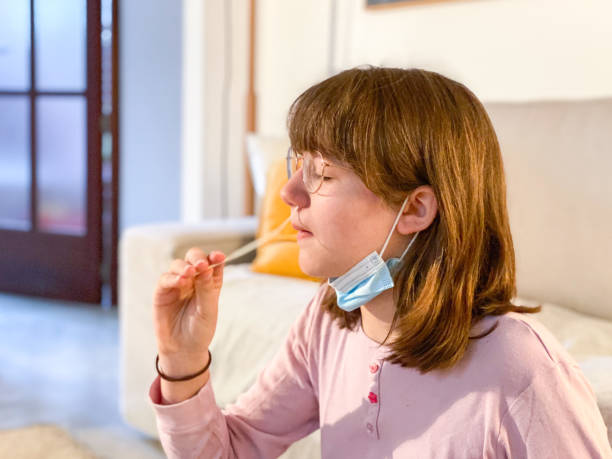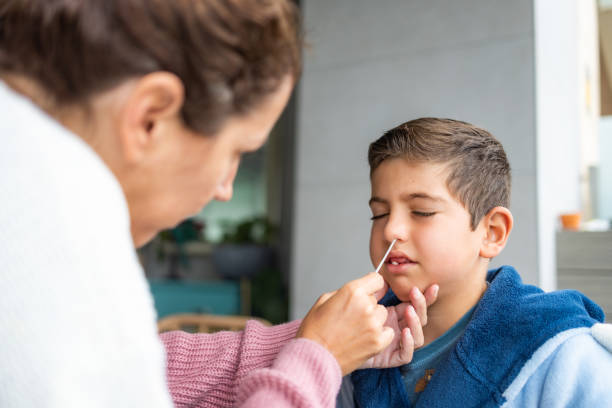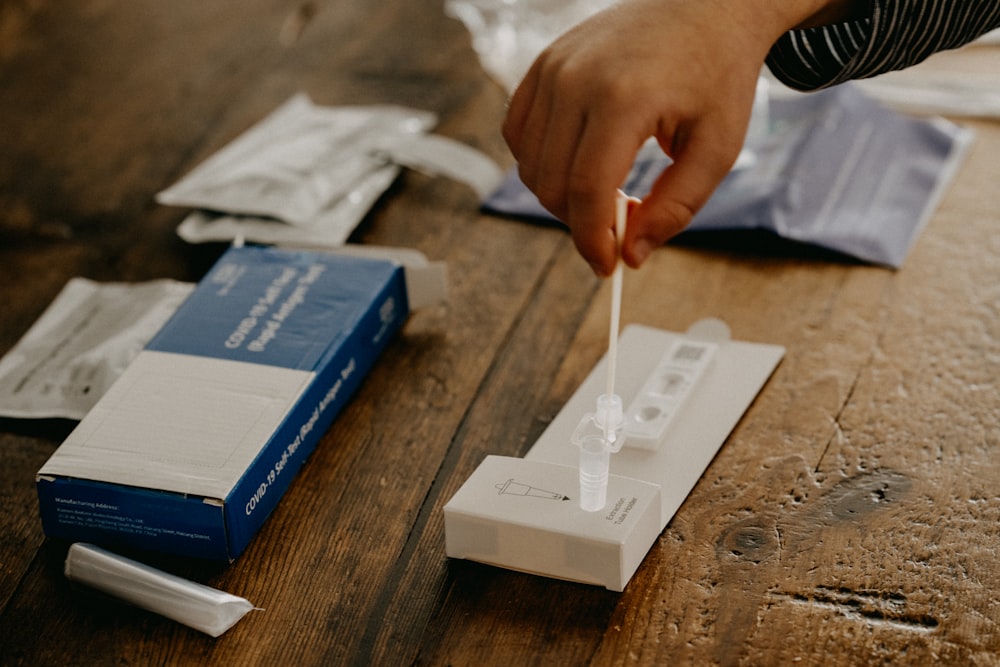Testing your child for COVID-19 at home? Many parents are now turning to rapid antigen tests to quickly determine whether or not their kids have been exposed to the virus. Performing an at-home rapid antigen test can be a stressful process, however, it doesn’t have to be! In this blog post, we’ve pulled together 5 must-know tips and tricks on safely performing an at-home rapid antigen test on your children. Whether you’re new to this type of testing procedure or just need a refresher course, these easy steps can help ease the stress while ensuring accuracy in the test results. Read on for more information about how you can easily and safely perform a rapid antigen test on your little ones today!
Familiarize Yourself With The Testing Procedure – Understand the instructions for each test and practice the testing process beforehand to ensure accuracy.
Having a child take an at-home rapid antigen test can be a daunting affair, so it is important that every step of the process is understood and done correctly. The first tip for safely performing such a test is to familiarize yourself thoroughly with the testing procedure before actually doing it. It is best practice to read through the instructions carefully and practice handling each step of the process, making sure that you can do it accurately on testing day. Doing this will give you greater control over the situation and provide parents with much-needed peace of mind throughout the process.
Get Your Supplies Ready For Testing – Make sure you have the necessary materials on hand, including swabs, specimen tubes, transfer pipettes, and collection bags.
When PCL spit covid test Canada involves kids, it’s important to get your supplies in order before testing. Make sure you have the necessary materials on hand to safely perform an at-home rapid antigen test, including swabs, specimen tubes, transfer pipettes, and collection bags. This can help ensure that you have a successful test and reliable results. Taking the time to organize all of your supplies ahead of time helps reduce stress during a complicated process. By being prepared and thorough with your testing supplies, you can look forward to well-informed and accurate test results.
Prepare A Clean Work Area To Perform The Test – Make sure there is a clean area to conduct the test that is away from any outside distractions or clutter.
Before attempting to conduct an at-home rapid antigen test on a child, it is important to adequately prepare. Providing a clean area for the test is a great way to ensure that the testing process goes smoothly and without distraction. Gather the necessary supplies and find an appropriate workspace – one that is clear of any clutter or disturbances, like toys or noisy appliances – away from other children or pets. Administrating a rapid antigen test can be daunting, so reducing distractions should help make the process safer and less intimidating. Having everything ready and accessible in one spot will also help to save time and stress when it comes time to take the actual assessment.
Follow All Steps Carefully And Accurately – Monitor every step of the procedure and pay attention to detail throughout the entire testing process.
Accurately following the required steps during an at-home rapid antigen test is essential in ensuring valid and accurate results. During the entire testing process, it’s important to keep a close eye on every step in order to avoid any mishaps that could slow down the testing process or adversely affect the accuracy of the results. By paying careful attention to detail and ensuring each stage of the procedure is completed as directed, you can reduce any risks related to not accurately following the proper steps while still minimizing any potential exposure and risk. Doing so will ensure that your child receives reliable results from their rapid antigen test.
Dispose Of Any Used Materials Properly And Hygienically – After completing the test, discard all used materials in an appropriate manner in order to prevent cross-contamination with others or surroundings.

Ensure that any materials used during an at-home rapid antigen test on children are disposed of properly and hygienically. To do this, it is important to take steps such as discarding the items in a closed off area and making sure they don’t come into contact with other people or surfaces. Using special disposal bags or containers can also help increase safety by keeping any items away from other family members. Following these simple steps can help ensure cross-contamination is avoided.
To summarize, performing an at-home rapid antigen test on kids requires adequate preparation and careful execution. Start by familiarizing yourself with the testing procedure and obtaining all necessary materials, then move on to preparing a clean work area specifically designed for the test. Next, follow all steps carefully and accurately, taking special note of any details that may be relevant during the process. Finally, once the test is complete, dispose of all used materials properly and hygienically to avoid cross-contamination. With these five tips as a guide, parents can safely and effectively perform an at-home rapid antigen test on their children with less stress and confusion.
Published by HOLR Magazine.



